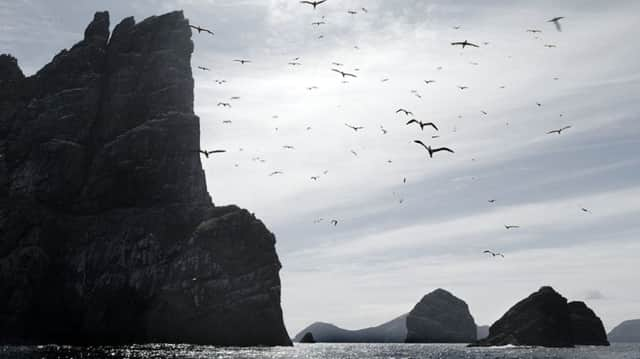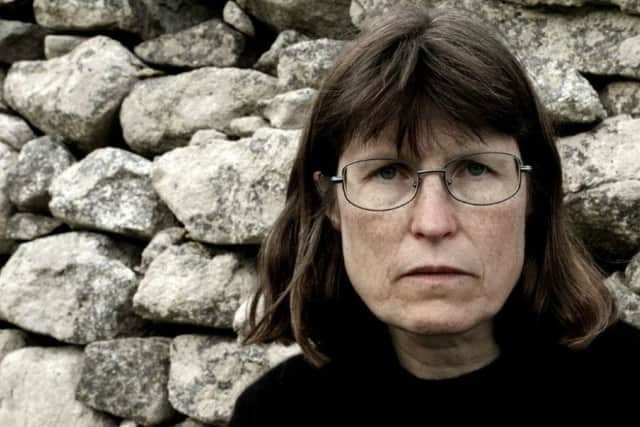St Kilda’s evacuation and its links to amnesia


Lesions in the Landscape by artist Shona Illingworth, who was brought up in the Highlands, is a multi-screen installation which reveals the devastating effects of amnesia on one woman, Claire, and the striking parallels with the evacuation of the famously remote Scottish archipelago.
The work examines the profound effect and wider implications of memory loss on identity, space and the capacity to imagine the future.
Advertisement
Hide AdAdvertisement
Hide AdThe exhition is currently on show at the Foundation for Art and Creative Technology (FACT), in Liverpool, but will later be touring Australia, London – and the Outer Hebrides, the nearest location to St Kilda.


In collaboration with neuropsychologists Martin A Conway and Catherine Loveday, Illingworth has filmed Claire who, following a trauma to her brain, can no longer remember most of her past, create new memories or recognise anyone – not even herself.
However, the new sensory operated camera technology worn around her neck can help reactivate access to some of her ‘forgotten’ memories, in rare bursts of intense recollection.
Illingworth said: “The sudden end to Claire’s access to her memories echoes the evacuation of the inhabitants of the remote Scottish archipelago of St Kilda on 29 August 1930, ending over 2,000 years of continuous habitation.
“Both mark an abrupt and irreversible lesion in a cultural landscape. Accessing or reconstructing the past is a process fraught with difficulty and both share a sense of isolation.
“They are both now the subject of scientific inquiry, St Kilda as an outdoor laboratory for scientific investigation, a carefully preserved heritage site and a radar tracking station for complex military weapons testing, and Claire as the subject of major neuropsychological study.
“And in each case, the past is continually constructed by others.”
For the project, Illingworth took Claire to St Kilda, 41 miles west of Benbecula in the Hebrides, where she filmed her in the intense landscape.
Advertisement
Hide AdAdvertisement
Hide AdThe installation presents three video projections and an array of up to 20 loud speakers to create a fully immersive sound environment of voice, engineered and ambient sounds.
They form a richly layered composition where the sounds of thousands of calling gannets is underscored by intermittent sounds of EEG signals which capture the desolate internal landscape of Claire’s amnesia as she struggles to search for her own memory of this environment.
Lesions in the Landscape will tour to the UNSW Galleries in Sydney, Australia, Taigh Chearsabhagh Museum and Art Gallery, in the Outer Hebrides, next year, and finally to Dilston Grove & CGP Gallery in London. An accompanying book will be published in autumn 2016.
Born in Denmark in 1966, Shona Illingworth was brought up in the Highlands. She trained at Goldsmith’s and is now based in London.
She creates evocative video and sound installations that explore the experience of memory and the formation of identity in situations of social tension and trauma.
FACT is a leading media arts centre, based in Liverpool, and is focused on bringing people, art and technology together.
St Kilda was famously abandoned in 1930 at the request of the remaining 36 islanders when life on the edge of Britain in the Atlantic became unsustainable.
The islands were bequeathed to the NTS in 1957 and allocated World Heritage status by UNESCO in 1986 in recognition of their natural heritage, exceptional natural beauty and for the significant natural habitats that it supports.